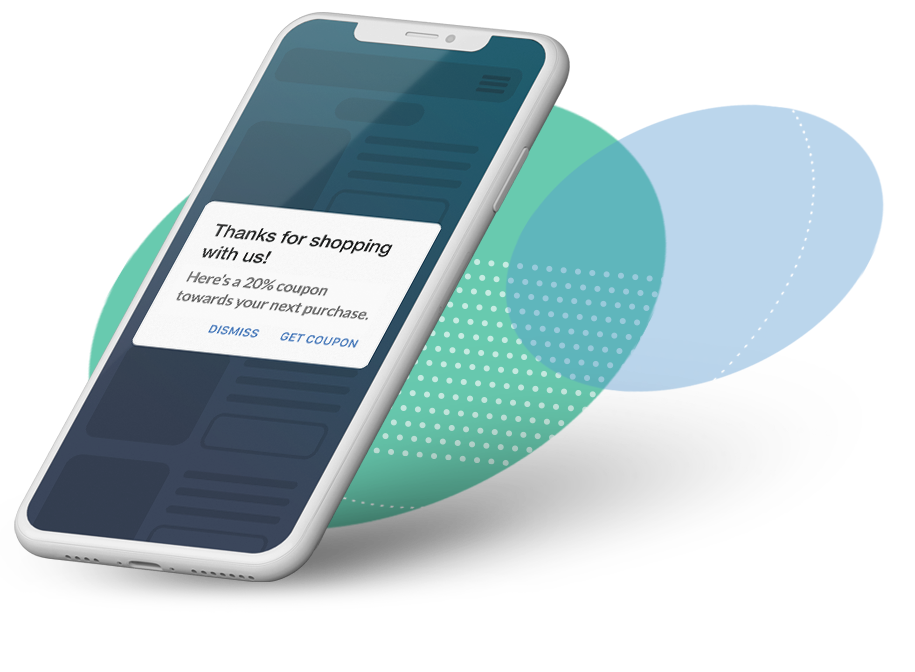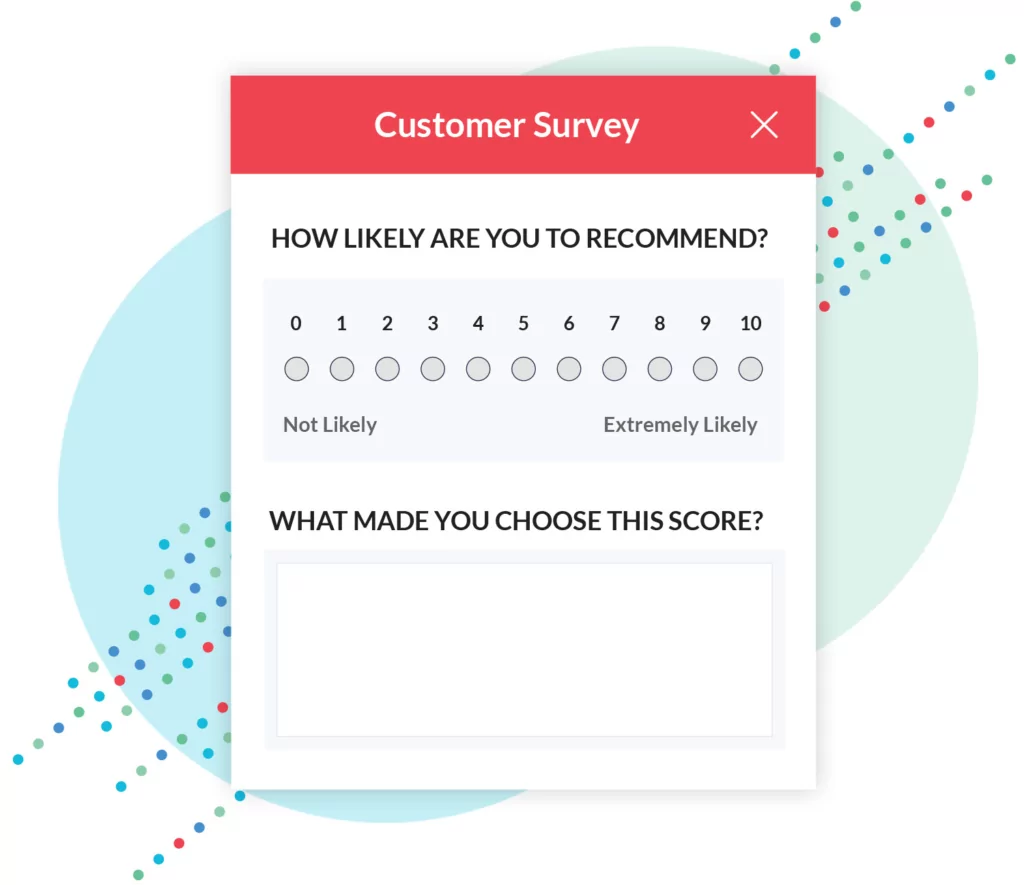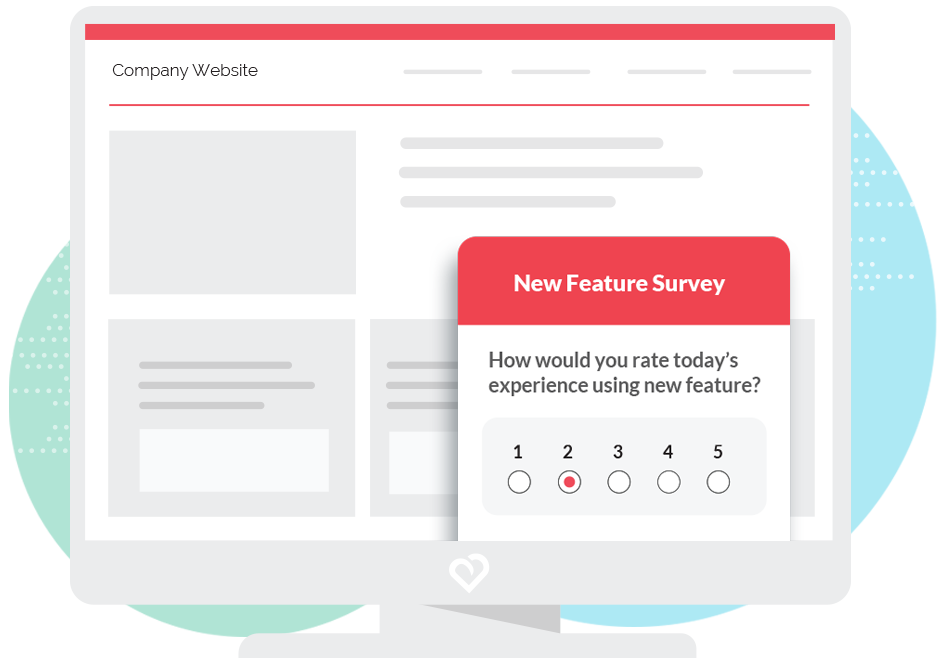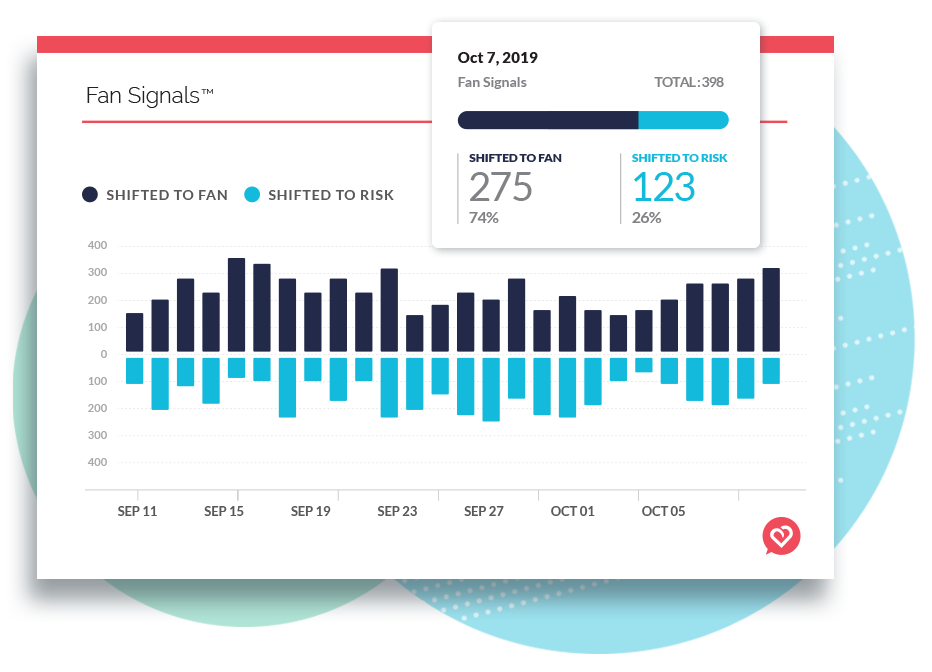85 percent of Americans now own a smartphone, up from just 35 percent a decade ago. As customers shift to mobile, the ways in which we communicate, play, learn, and shop are changing rapidly. Today’s marketers face the challenge of implementing a mobile marketing strategy that is effective in a changing business landscape.
In this post, we discuss all things mobile marketing:
- Why you need a mobile marketing strategy
- Mobile marketing channels
- Key elements and benefits of a mobile marketing strategy
- Important metrics to monitor
- Real examples from top brands
Let’s dive in!
What is a mobile marketing strategy, and why do you need one?
A mobile marketing strategy comprises various tactics aimed at engaging customers on smartphones and mobile devices. These tactics include leveraging apps, social media platforms, websites, and other channels. Mobile marketing offers unique benefits and advantages, such as precise targeting, increased personalization, and a broader reach.
Brands need a mobile marketing strategy because mobile is essential to digital transformation. Just look at these three statistics:
- The average U.S. mobile user spent 4 hours and 30 minutes on their smartphone per day in 2021 – Insider Intelligence
- Mobile usage accounted for one-third of total media time spent in 2021 – Insider Intelligence
- 95.5 percent of U.S. adults between the ages of 18 and 49 own a smartphone – Pew Research Center
As customer habits and preferences change, marketing strategies need to change with them.
→Still not sold on the importance of mobile? See The Ultimate Guide for Improving Mobile Customer Experience to learn more.
Mobile marketing channels
One of the many perks of mobile marketing is the broad variety of channels at your disposal. These channels can vary immensely but all have the common thread of being mobile-centric. A strong mobile marketing strategy takes multiple channels into account to craft one cohesive strategy. Here are three primary mobile marketing channels:
Prioritize mobile app marketing
Apps remain pivotal in the ongoing digital transformation. Customers are dedicating increased time and money to mobile apps, underscoring their growing significance.
In the realm of digital transformation, apps retain their prominence. Customers are investing more time and money in mobile apps, highlighting their escalating importance.
Amidst the digital revolution, apps retain their centrality. Customers are devoting greater time and financial resources to mobile apps, accentuating their rising importance.
Marketers utilizing in-app marketing tools have the ability to create hyper-personalized and targeted mobile app marketing campaigns.
Here are some tactics to employ specifically within the app experience to enhance mobile marketing campaigns.
Marketers can send Notes (in-app notifications) to customers after specific events (completing an action or specific set of actions). Whether the customer is engaging for the first time or is one of your most loyal customers, a Note can be used to reward loyalty and boost retention. For example, after a customer makes their first in-app purchase you could send a Note with a link to a 20 percent off coupon for their next purchase.
Notes facilitate targeted customer engagement at various points during their mobile journey. This enhances the capacity to deliver personalized messages, motivating customer action effectively.

Explore SMS marketing
SMS or text message marketing is a great channel for giving your customers quick updates, notifications, or promotions. Text message open rates hover around 98 percent and are effective at getting key real-time information to customers, such as flight information or shipping updates.
Text messaging is personal channel, so getting customer consent before inclusion in communications is paramount. Additionally, ensure easy opt-out options are available.
Create a mobile-optimized website
A mobile optimized website is a must-have of any mobile marketing strategy. 51 percent of all web traffic is on mobile now, so websites deserve equal attention on mobile as they do on desktop. A strong customer experience on mobile is crucial to capturing the purchases, connections, and traffic that occurs on-the-go now.
The best way to create a strong customer experience is by listening to your customers and constantly collecting their feedback about their experience on your website.
Key elements and benefits of a mobile marketing strategy
Accessible to a large audience
In this post, we’ve thrown out a lot of statistics about mobile adoption and usage. These statistics are truly significant because they point to how customer behavior and habits have changed.
Few marketing strategies can reach such a large audience so quickly as mobile marketing.
Think about it. Most of your customers don’t read the newspaper everyday, or watch cable TV, or drive by a specific billboard. If customers actually do these activities everyday it is usually at a specific time.
On the other hand, customers are checking their mobile devices consistently, no matter their location or the time of day. With a global audience of 6.64 billion smartphone users in the world, the mobile marketing opportunities are endless.
Improved personalization and retargeting
The biggest benefit of mobile app marketing is the ability to target the right customers at the right time with personalized messaging. The right in-app marketing and feedback tool can even use customer emotions, shifts in customer sentiment over time, and past behavior to trigger targeted and personalized actions.
Personalization and retargeting can take many forms on mobile. Alchemer Mobile (formerly Apptentive) customers often retarget their customers based on expressed customer sentiment. If a customer has expressed negative sentiment about their brand they are categorized as a Risk and if they have expressed positive sentiment they are categorized as a Fan.
Brands then can personalize their marketing activities for Fans and Risks. Risks can be targeted with coupons or discounts to win back these unhappy customers before they churn. On the flip side, Fans can be targeted with app store ratings prompts, so that you can improve star-ratings and increase positive reviews.
Key marketing metrics to track
Marketers monitor key metrics and KPIs to define the success of mobile marketing strategies, in particular mobile app marketing. Here are eight metrics to follow closely:
- Average Revenue Per User (ARPU): The amount of revenue each of your active customers (on average) contribute.
- Cost Per Install (CPI), Cost Per Loyal User (CPLU): CPI measures your customer acquisition costs for customers that installed your app in response to seeing an advertisement (tracking paid installs rather than organic installs). And the CPLU metric looks at the cost of acquiring an active user (defined here as anyone who launches your app at least three times).
- Engagement: This can only be defined within the context of the individual app and its mobile marketing strategy. With that said, engagement is most often talked about in terms of the phenomena associated with wanting to use the mobile app longer and more frequently.
- Love Percent: Unique to apps using the Alchemer Mobile (formerly Apptentive) Love Dialog, this metric starts with showing your mobile customers a one-question in-app survey: “Do you love this app?
- Retention: Retention is a measurement of customer churn: How many customers continue to actively use your app after one week? One month? One year?
- App Uninstalls, Not Just Installs: While installs are an acquisition metric, uninstalls are a retention metric. They tell you how many of your mobile customers discontinue using your app each week and whether this trend is growing or diminishing.
- Criticism, Not Just Adoration: Monitor your good and bad reviews. Make sure to recognize the value inherent in one-star reviews in fueling continuous improvement and avoid equating five-star reviews with a perfect product.
- Customer Lifetime Value (LTV): Customer LTV takes ARPU a step further, by incorporating everything you know about your customers to calculate a more precise metric of value. It fills in the information gaps that ARPU skims over with assumptions, and it recognizes the importance of less quantifiable elements, such as retention and referrals.
→ Take a peek at this more in-depth guide on mobile app marketing metrics
Real mobile marketing examples
With the foundation in place for this topic, let’s look at some real-world examples of mobile marketing strategies from top brands.
WeatherBug
The WeatherBug marketing team needed to get in touch with real customers who could share their story and describe how they rely on their lightning detection feature, Spark. The goal was to identify the single best customer story and fly out a film crew to record the video. To meet their production schedule, they needed to identify, qualify, and confirm this customer in just one week.
WeatherBug used an Alchemer Mobile (formerly Apptentive) Note to carefully target mobile customers who previously expressed positive sentiment and had already used Spark. In only 24 hours, they received 1,400 submissions, which were whittled down to 25 finalists over one weekend. The final result was a powerful story showing how first responders rely on Spark to make their rescue operations safer.
→Read the full WeatherBug success story here.
FanDuel
FanDuel’s marketing team wanted to optimize their Refer-a-Friend program. This program offered cash incentives to the referred and referring customer. For this iteration of the campaign, they wanted to exclusively present the offer to their happiest mobile customers, and therefore most likely to recommend.
FanDuel took advantage of Fan Signals® sentiment data and Alchemer Mobile (formerly Apptentive)’s targeting tools to identify their biggest fans. With this segmentation in hand, they set up the offer to appear in the FanDuel Sportsbook app at precisely the right time and place within their customers’ mobile experience.
The optimization work paid off: in just one week running their Refer-a-Friend program to this refined customer segment, FanDuel saw a 20 percent increase in new customer activations of their Sportsbook app compared to running this same campaign without Fan Signals segmentation.
→ Read the full FanDuel success story here.
Conclusion
As customers and technology change, so do brands and their marketing strategies. A robust mobile marketing strategy that capitalizes on mobile’s broad reach, along with retargeting and personalization capabilities, is a key to success for modern brands.
If you’re looking for additional mobile marketing resources, we’ve got you covered. And if you want to learn how Alchemer Mobile (formerly Apptentive) can help you with mobile marketing, request a demo today.








